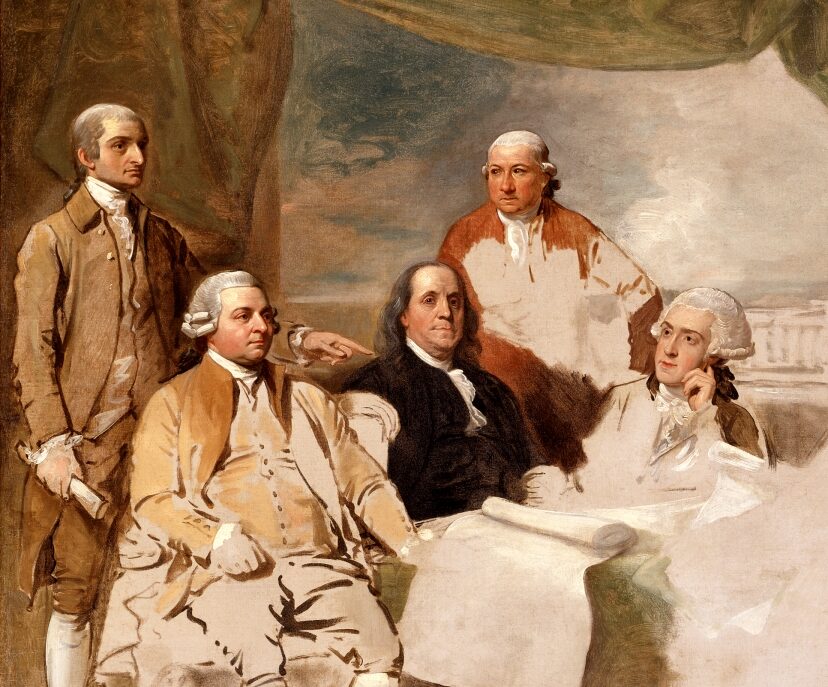“Less than two weeks later [in February 1946], [George] Kennan unleashed on the State Department his famous and influential “Long Telegram,” an eight-thousand-word missive that assessed Soviet policies in the most gloomy and ominous fashion. The namesake of a distant relative who in the late nineteenth century had documented for enthralled U.S. audiences the horrors of the Siberian exile system, the younger Kennan was one of a handful of men trained after World War I as experts on Bolshevik Russia. Conservative in his tastes and politics and scholarly in demeanor, he developed a deep admiration for traditional Russian literature and culture and, from service in the Moscow embassy after 1933, an even deeper antipathy for the Soviet state. Frustrated during the war when the Roosevelt administration ignored his cautionary recommendations, he eagerly responded when Truman’s State Department requested his views. ‘They had asked for it,’ he later wrote. ‘Now, by God, they would get it.’ In highly alarmist tones, he delivered over the wires a lecture on Soviet behavior that decisively influenced the origin and nature of the Cold War.” –George Herring, From Colony to Superpower, p. 604
Discussion Questions
- George Kennan was one of the most influential diplomats in American history and yet never rose above the status of senior staff at the State Department or later (briefly) as an ambassador overseas. How did Kennan make such an outsized impact on US policymaking?
- How would you describe the US policy of “containment” that emerged after Kennan’s “Long Telegram” in a series of actions and strategic statements during 1946 and 1947?

Leave a Reply